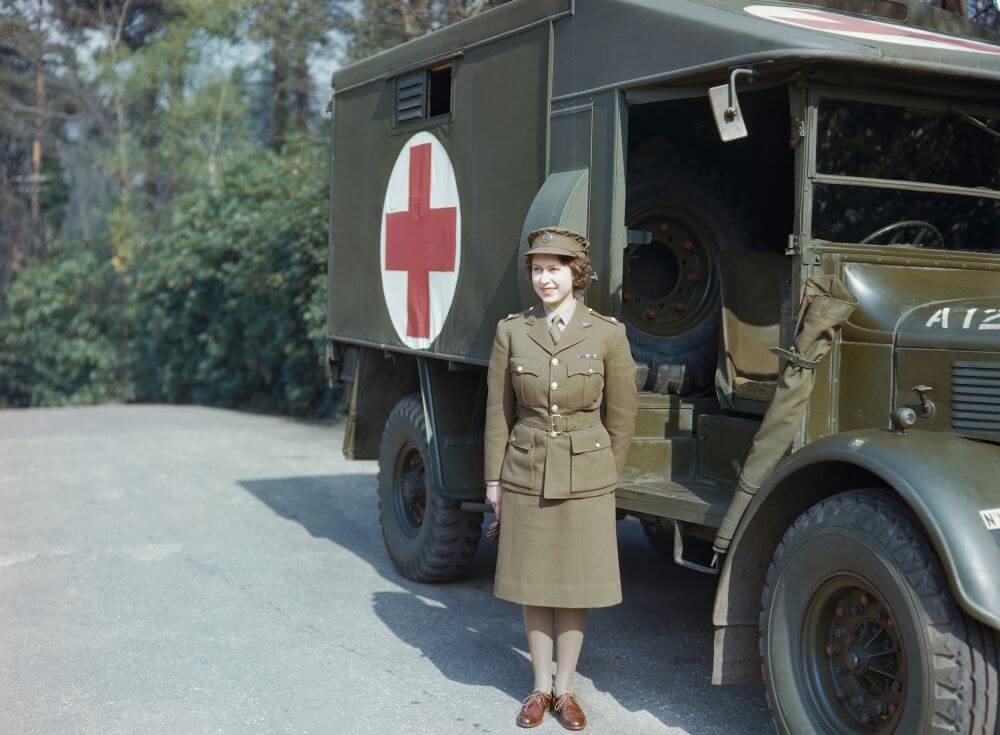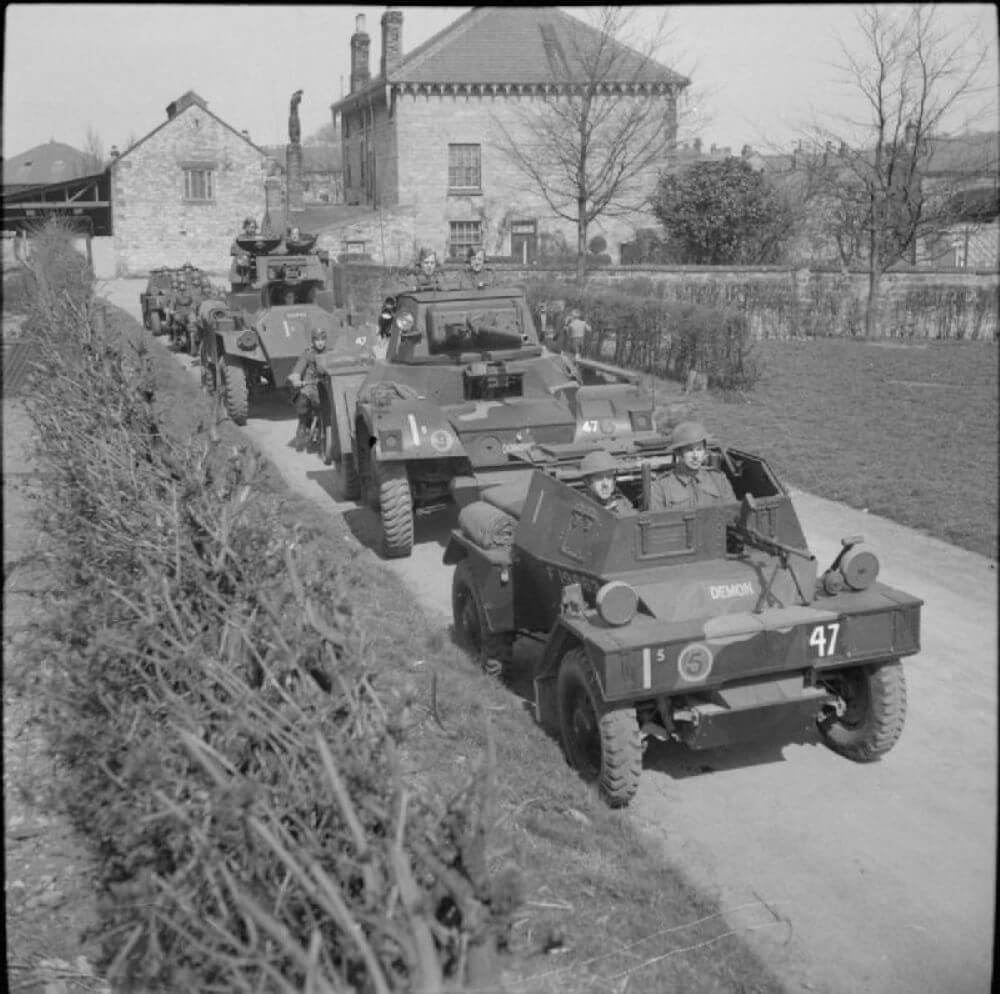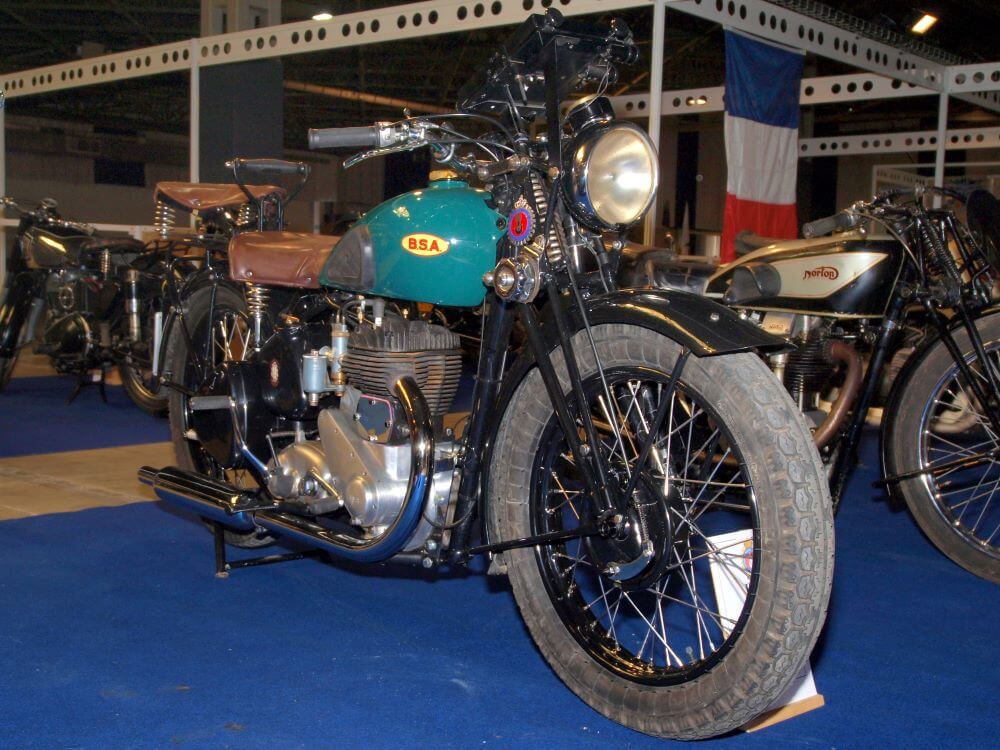Remembrance day: historic ex-military vehicles
It’s on the eleventh hour, of the eleventh day of the eleventh month that the entire nation falls silent to respectfully reflect on the lives lost and sacrifices made during WWI and WWII that has allowed us to lead the lives that we live today.
Britain secured one of its most significant victories during World War II due to an entire nation’s worth of contributing factors such as the sacrifices and bravery made by troops leaving behind their families, British citizens giving up farmland and horses and the advancement of technology where many businesses had to change their focus from their usual business activities to help Britain win the war, which lead to the development of new weapons, increased factory production of fighter planes, and advancement of technology including the invention of the computer, all of which contributing to the success of Britain.
In 1914, when the First World War broke out, the automotive industry was relatively new to the scene, with only the wealthy members of the population owning a car, whilst the rest of the public was still using horse and cart as a mode of transport. Just as the technology companies and production factories made sacrifices during the war, the automotive industry also had to play its part to support the army in transporting soldiers and supplies. In this blog, we are going to explore three historic ex-military vehicles that were used during the wartime period to support Britain’s triumph and how they are today collectable items.
Austin K2/Y Ambulance
The Austin K2/Y ambulance, known as ‘Katie’, was a military ambulance used during the Second World War throughout the Commonwealth countries. The chassis was built by Austin, however, the design of the rear of the vehicle was developed by the Royal Army Medical Corps and Norwich-based coachbuilder Mann Egerton, who tweaked the design to include a simple canvass closure in place of the driver’s cab doors. They also designed fresh-air vents in the side, roof and doors for ventilation and installed a Clayton Dewandre hot water heater for the comfort of patients. The K2/Y could carry four stretchers or 10 walking wounded and could reach a top speed of 50-55mph.
Today it is estimated that there are around 50 left in circulation, but a total of 13,102 were built at the Longbridge plant from 1940 continuously until the war ended.

Daimler Scout Car
Known in service as the Daimler Dingo (after the Australian wild dog), this vehicle is a British, light, fast four-wheel-drive reconnaissance vehicle also used for liaison services during the Second World War. In 1938, the British War Office posted specifications for a scouting vehicle and three British manufacturers were invited to supply prototypes; Alvis, BSA Cycles and Morris.
The Morris was eliminated first in the testing stages suffering from poor speed, the Alvis prototype (originally named Dingo) could manage 50 mph but had a high centre of gravity, but it was the BSA prototype which came up trumps with the ability to cover long distances with few mechanical issues. The production was then passed to Daimler, who was a vehicle manufacturer in the BSA group of companies.
The first pilot vehicle was built in 1939, later named the ‘Daimler Scout Car’ but already widely known by the name of the Alvis design ‘Dingo’.
The Dingo was a compact, armoured, two-man car. The ingenious features included a preselector gearbox and fluid flywheel, another was the four-wheel steering system made possible by the H-drive drive train which contributed to its agility, exceptionally quiet engine and running gear. The compact dingo could slide across uneven ground and was the most successful during the Battle of France, due to its ability to be incognito for covert intelligence gathering.

BSA M20
Of course, it wasn’t just traditional cars that helped us win the war, but also the development of the motorcycle had its own unique role to play. The original M20 failed on its first submission to the War Office in 1936 due to its ‘unacceptable engine wear’. The prototype required a change in piston and cylinder after only 6000 miles - which wouldn’t get our troops very far! Three more prototypes were submitted for testing which all were criticised for being heavy and slow but saved by their reliability and ease of maintenance. By 1939, the need for transport was quickly gaining and BSA saw orders for the M20 by the British Army, Royal Navy and also the Royal Air Force.
Its use within the War was for convoy escort and dispatch use. Even after the war had finished, the M20 was used widely throughout military service due to its success.
During this remembrance period, we would like to take a moment to reflect on the M20 factory bombing and the lives lost at the BSA factory in Small Heath, Birmingham. On Tuesday 19 November 1940, the factory was one of the main targets of the Luftwaffe and two bombs were dropped which destroyed the BSA building. The BSA’s own fire brigade pumped the Birmingham and Warwick canal dry to put out the fire. Sadly, 53 workers were killed with another 89 injured. The factory and equipment were destroyed so badly that BSA transferred the production of the M20 from Birmingham to one of its other 67 factories and production of the M20 continued elsewhere.

How ex-military vehicles have become collectables amongst the public
It wasn’t until the years following WWII when vast numbers of purpose-made vehicles were released for private individuals that the potential for a hobby emerged. By the early 1950s small groups of enthusiasts were exploiting the Jeep and other ex-military vehicles' off-road ability and trialling and rallying events started to become popular. Books and magazines reviewing military vehicles started to be published, such as ‘Wheels & Tracks’. Interest in historic vehicles, therefore, developed quickly and people with ex-military vehicles became more involved with car shows and steam fairs.
Now with many shows to attend, in the UK alone we estimate that around 10,000 surviving ex-military vehicles are in circulation with many commonly used for reenactment in war films. The Austin K2/Y has recently appeared in Episode 6 of Foyles War.


Stuart Moore
Stuart is our club liaison and has been proudly petrol heading since he can remember. He's also knows a thing or too about specialist vehicle insurance. Get a quote online or call Stuart on 0121 550 2380 - he's here 9 am to 5 pm, Mon to Fri.